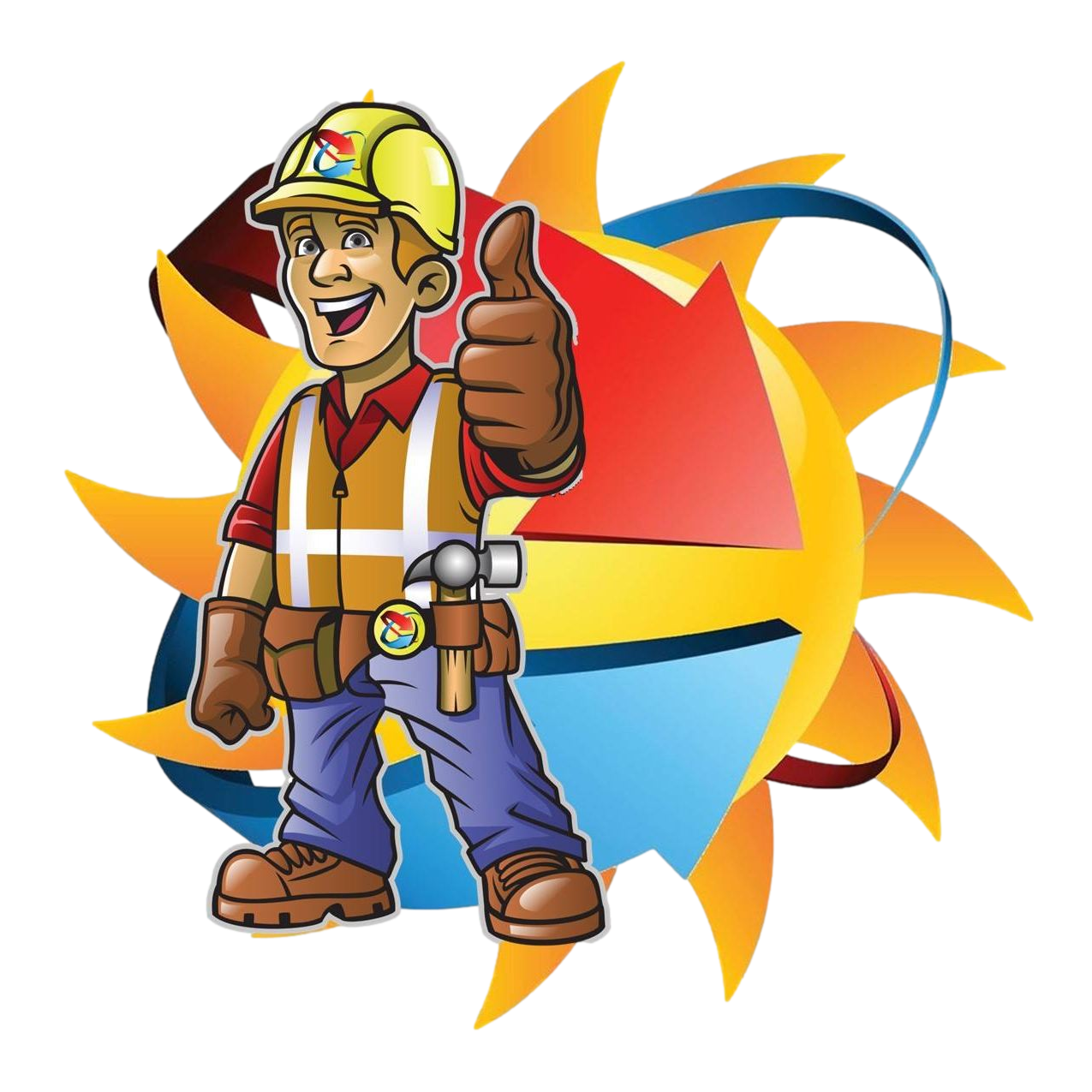Split System Repair & New Installations
What Is a Split System?
When you are in the market for a new A/C unit, it is usually because there has been some repairs and the unit is aging. This is the time most people begin to call around HVAC companies, do some internet research and ultimately learn quite a bit about the system they have in their home. There are a few different kinds of systems that cool residential and commercial spaces, from chillers/boilers to package units on the roof. In Arizona it is very common to have what is called a split system, heat pump. It sounds a bit foreign to call an air conditioner that COOLS a HEAT pump, but here is why:
Pro Solutions Home Services specializes in all heating and cooling systems.
What They Are
A split system is most often a heat pump that is split between an outdoor condenser unit on the ground and the other part of the unit split in another location, usually in an attic or utility closet. The way a heat pump works is when cooling, it pulls the hot air out and the cool air blows inside the home. When heating, it pulls the cool air out and blows the hot air into the home.
Heat pumps are very popular in areas that do not get too cold, like the Phoenix area because freezing temperatures do not occur too often. Heat pumps are more efficient and safer that there is not gas in the environment. Heat pumps are not optimal in regions that get extremely cold and are comfortably used in environments that do not go below freezing often, however do work in low and freezing temperature.
“Split system repair and new installations” typically refers to services related to heating, ventilation, and air conditioning (HVAC) systems. Split systems are a common type of HVAC system that consists of two main components: an indoor unit (evaporator) and an outdoor unit (condenser). These systems are often used for both heating and cooling purposes in homes and businesses. Here’s an overview of what split system repair and new installations involve:
1. Split System Repair:
- Diagnosis: When a split system experiences problems, a technician will perform a thorough diagnosis to identify the issue. This may include inspecting both the indoor and outdoor units, checking for refrigerant leaks, assessing electrical connections, and examining the thermostat.
- Repair: Once the problem is identified, the technician will make the necessary repairs. This could involve fixing components such as the compressor, blower motor, fans, coils, or electrical connections.
- Refrigerant Recharge: If the system has a refrigerant leak, the technician will locate the leak, repair it, and recharge the system with the appropriate amount of refrigerant.
- Cleaning and Maintenance: Regular maintenance, such as cleaning coils and replacing filters, is often part of the repair process to ensure the system operates efficiently.
- Testing: After repairs are completed, the technician will test the system to ensure it’s functioning correctly and providing the desired heating or cooling.
2. New Split System Installations:
- Site Assessment: Before installation, the technician assesses the property to determine the best location for the indoor and outdoor units. Factors such as airflow, access to electrical connections, and local building codes are considered.
- Design: Based on the site assessment and the customer’s heating and cooling needs, the technician designs the split system installation. This includes selecting the appropriate size and capacity of the units.
- Installation: The installation process involves mounting the indoor unit inside the building and the outdoor unit outside. Copper tubing, refrigerant lines, electrical wiring, and drainage systems are connected to ensure proper functioning.
- Electrical Work: Wiring is set up to connect the indoor and outdoor units to the electrical panel. Proper electrical connections are crucial for safety and performance.
- Testing and Commissioning: After installation, the system is thoroughly tested to ensure it operates efficiently and effectively. This includes checking for proper refrigerant levels, verifying the airflow, and testing the thermostat.
- Customer Orientation: The technician provides the customer with instructions on how to operate and maintain the split system, including setting temperature preferences and replacing air filters.
- Warranty and Documentation: The contractor typically provides warranty information, system documentation, and details about regular maintenance to ensure the longevity and performance of the new installation.
Whether it’s a repair or a new installation, working with a licensed and experienced HVAC technician is crucial to ensure that the split system functions optimally and efficiently. Proper installation and maintenance can help homeowners and businesses save energy, reduce utility costs, and maintain indoor comfort.
